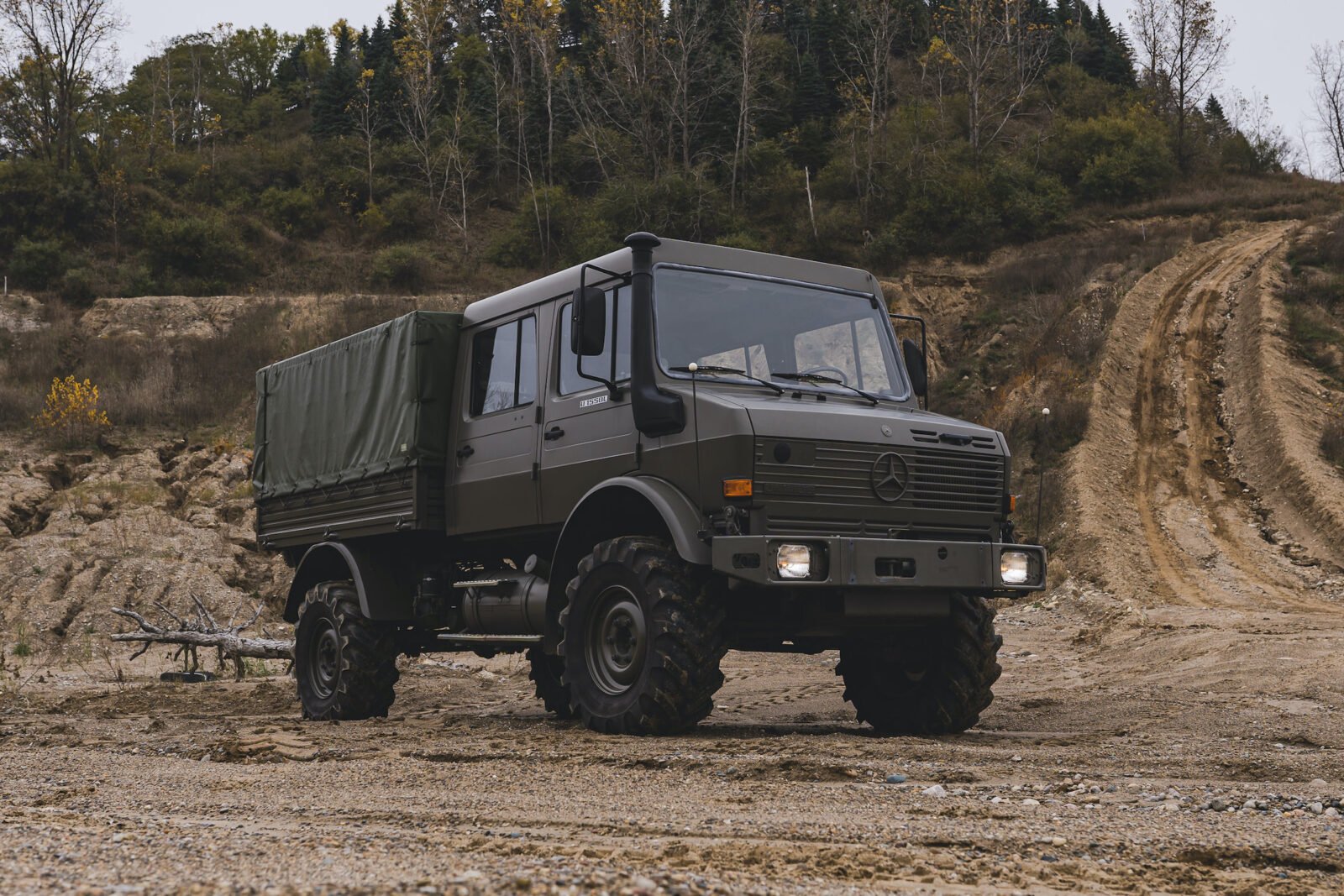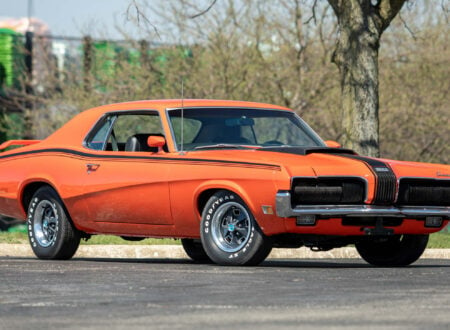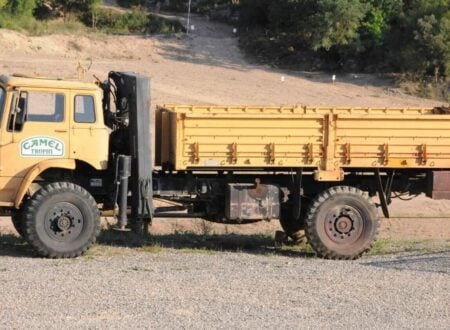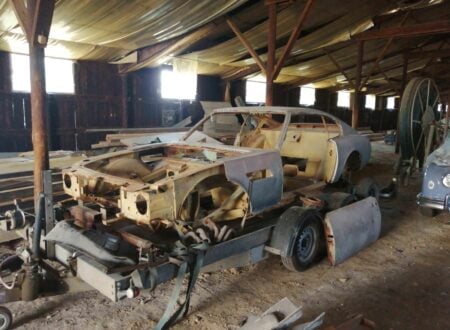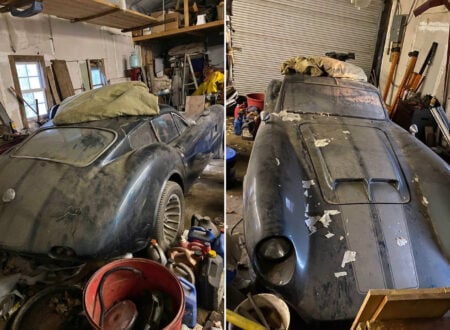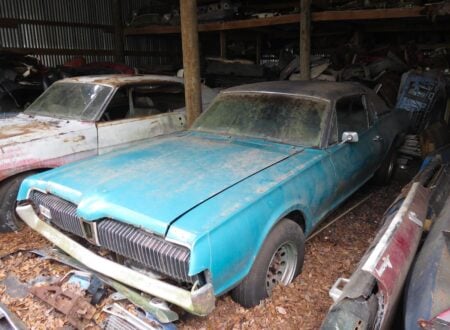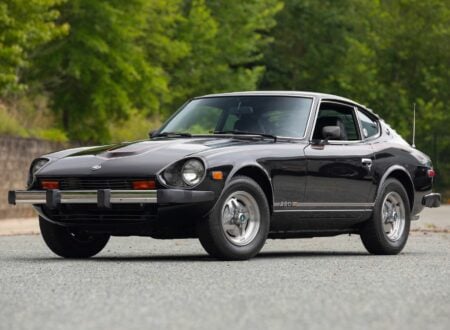The first drafts of the design for the Unimog were made by Albert Friedrich in 1945, he had been the head of aeroengine design at Daimler-Benz during WWII and he recognised that Germany was going to need a new kind of vehicle to rebuild the country in the post-war years.
The first Unimogs were exceedingly simple machines that were designed to be inexpensive to build and sell, easy to operate, and cheap to fix. The track width was chosen because it was the same as two rows of potatoes, allowing farmers to use it as a tractor, and much like the British Land Rover and the American Dodge Power Wagon, the Unimog had a power take off (PTO) so that farmers could power their agricultural machinery.
Production of the first Unimogs began in 1948 and in 1950 it was taken over by Daimler-Benz, with production volumes increasing as a result. Over the course of its long production run, currently 72 years and counting, the Unimog has seen a plethora of design changes and model iterations.
It’s gone from being a simple farmer’s four-wheel drive to being a highly capable military vehicle, an off-road load carrier, a weapons platform, an earthmoving platform, an overloading adventure vehicle, a rescue vehicle, and a vast array of other uses.
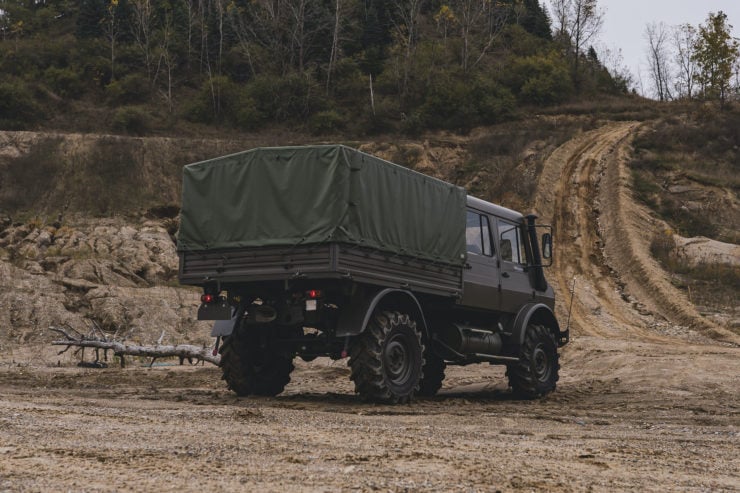
Two of the key design features that unites all Unimogs back to 1948 is the use of portal axles to give excellent ground clearance, and the forward cab design that maximizes load carrying space in the rear as well as visibility of the terrain ahead.
The portal axles are essentially standard live axles with gears on the ends, these gears engage with and drive gears mounted vertically beneath them on the wheels. This brings the axles (and differentials) up considerably and combines the strength benefits of a live axle with the ground clearance benefits you might see on a four-wheel drive with independent suspension.
The 1998 Mercedes-Benz Unimog 437 U 1550L Shown Here
The Unimog you see here is a Unimog 437, specifically the U 1550L model variant. The “U” in the model name means “Unimog” (unsurprisingly), the 1550 is the model number, and the “L” means it’s a long wheelbase version – in this instance a double cab. The U 1500L was offered with four major engine variants over its production life with outputs ranging from 100 kW up to 125 kW, it has a 3250mm wheelbase, and 2,364 were built in total.
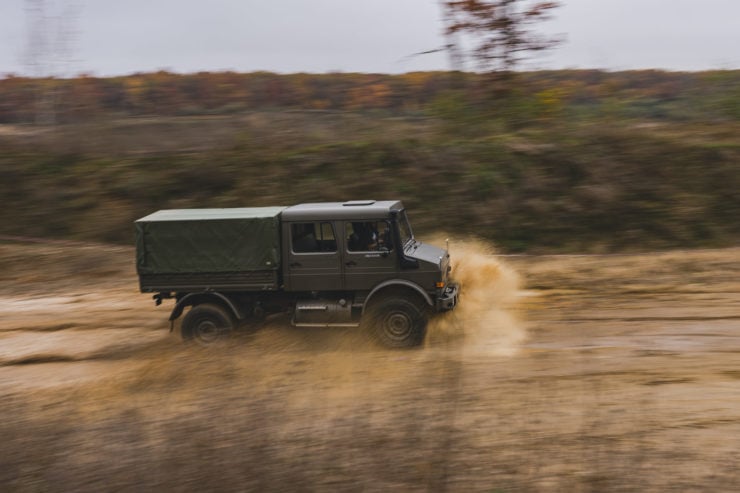
In various forms the Unimog 437 has been in production since 1988, with a large model update made back in 2002. The model you see here is powered by an inline-6 cylinder 5,958cc direct-injected diesel engine and it sends power to the axles via a manual transmission with 8 forward gears and 8 reverse gears.
Although many Unimogs started their lives in military service they make popular off-roaders and overloading vehicles for civilians once they’re cycled out of the military and sold into private hands. The 1998 model you see here is showing just 3,226 kilometers (~2,005 miles) on the odometer from new and it’s offered with service manual, operating instructions booklet, original sales brochures, original order form, Daimler Chrysler manufacturer’s certificate and import documents.
If you’d like to read more about it or register to bid you can click here to visit the listing on RM Sotheby’s. It’s due to be offered on Friday the 5th of September with a price estimate of $150,000 to $170,000 USD.
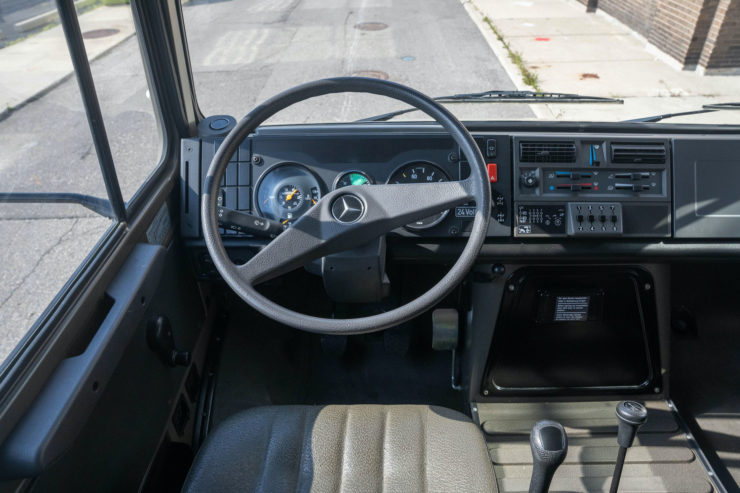
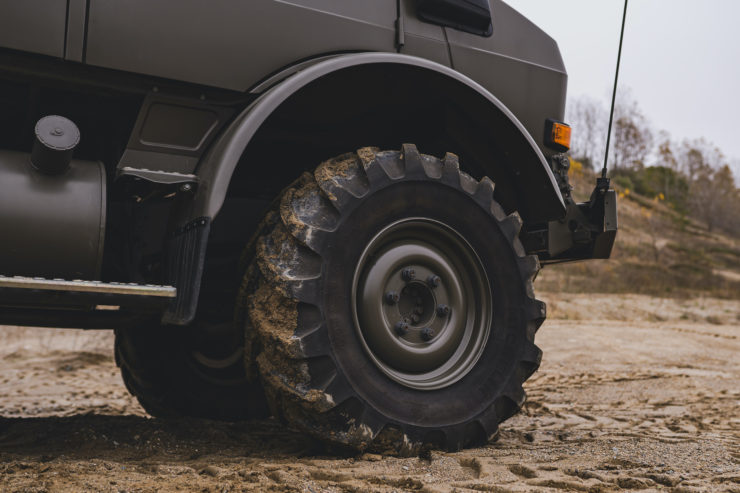
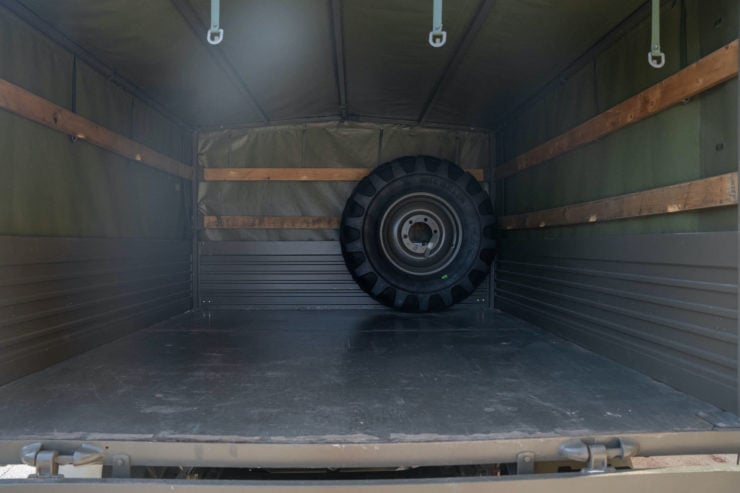
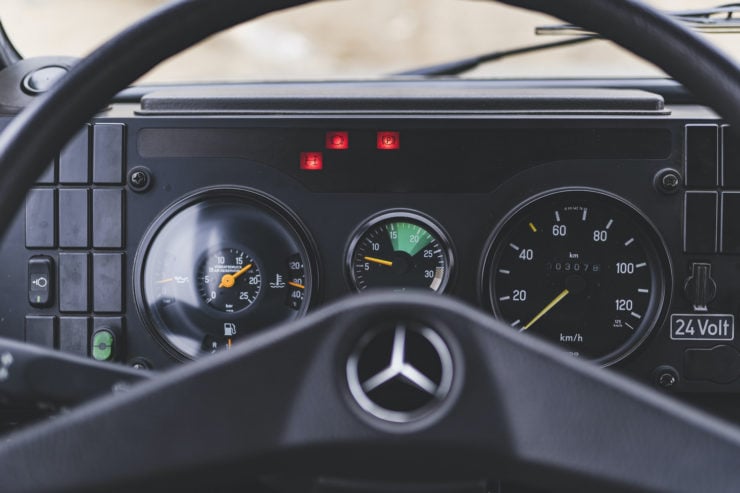
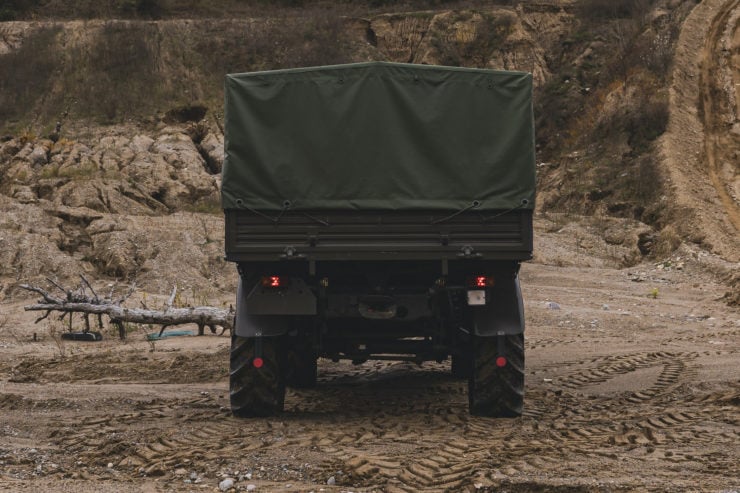
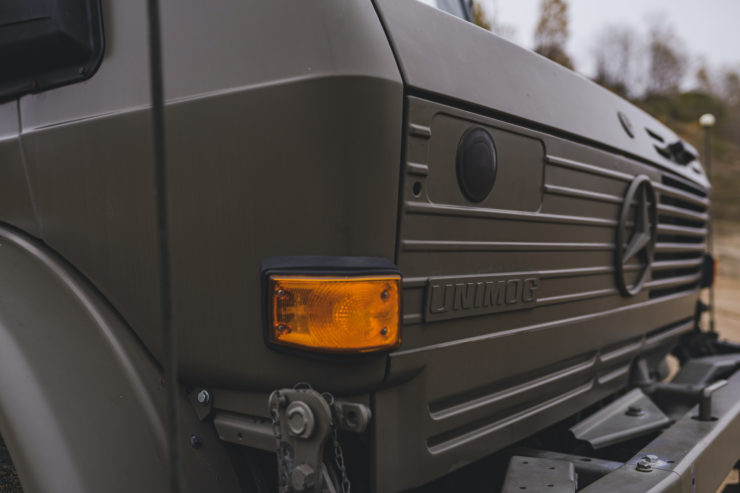
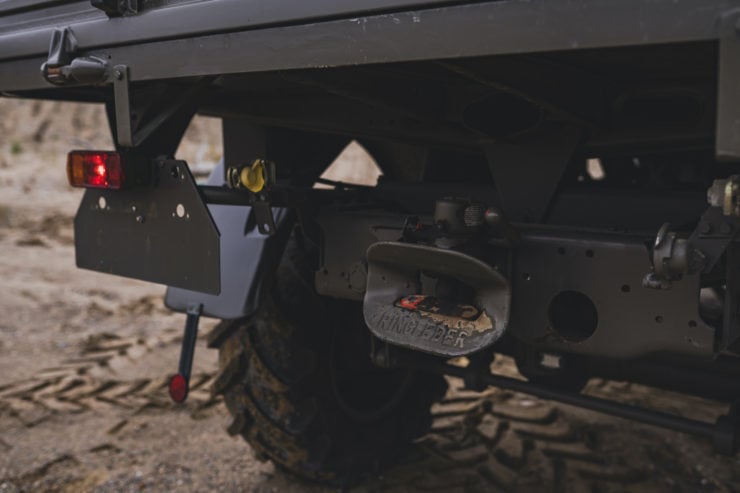
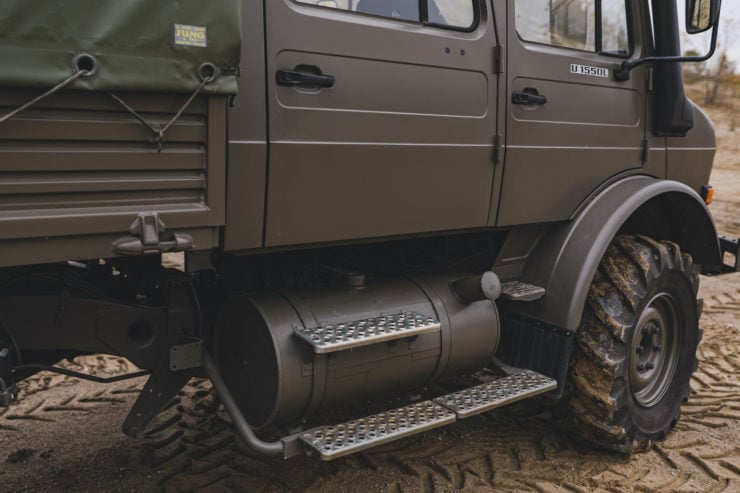
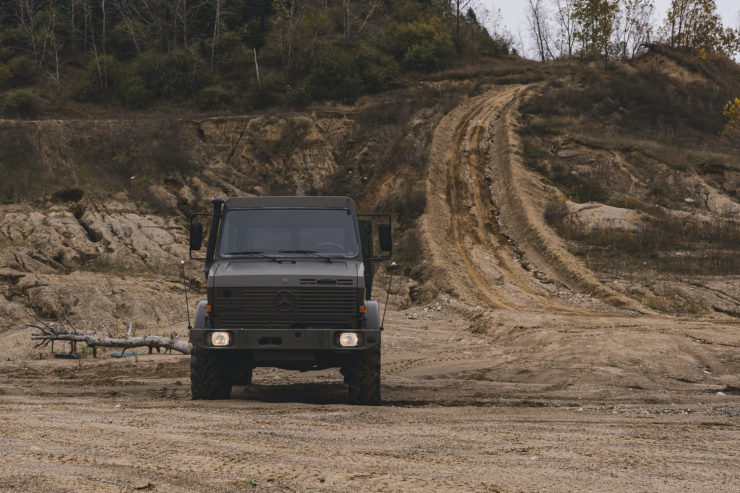
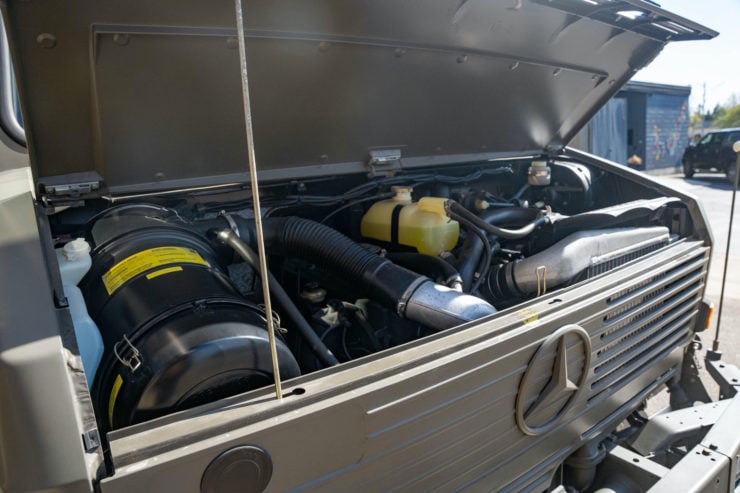


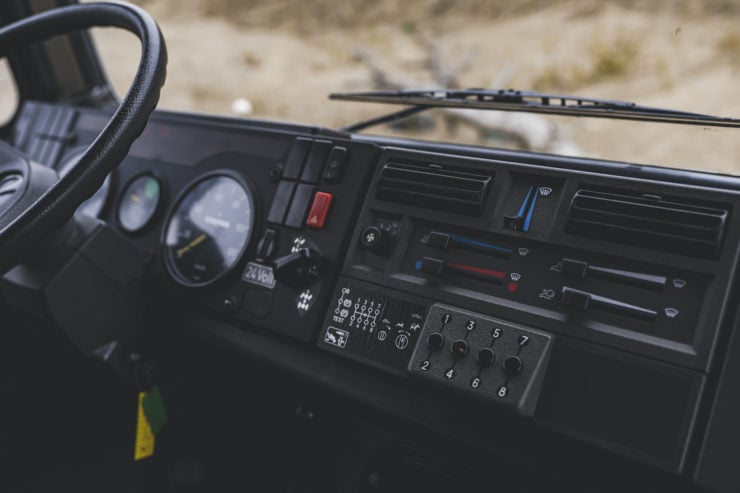
Images: ©2020 Courtesy of RM Auctions

Articles that Ben has written have been covered on CNN, Popular Mechanics, Smithsonian Magazine, Road & Track Magazine, the official Pinterest blog, the official eBay Motors blog, BuzzFeed, Autoweek Magazine, Wired Magazine, Autoblog, Gear Patrol, Jalopnik, The Verge, and many more.
Silodrome was founded by Ben back in 2010, in the years since the site has grown to become a world leader in the alternative and vintage motoring sector, with well over a million monthly readers from around the world and many hundreds of thousands of followers on social media.

